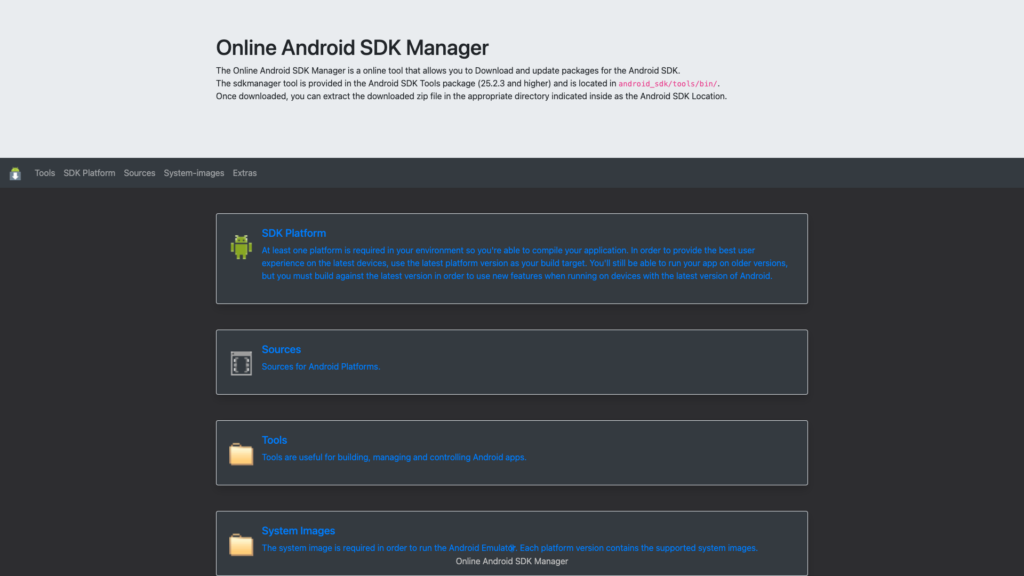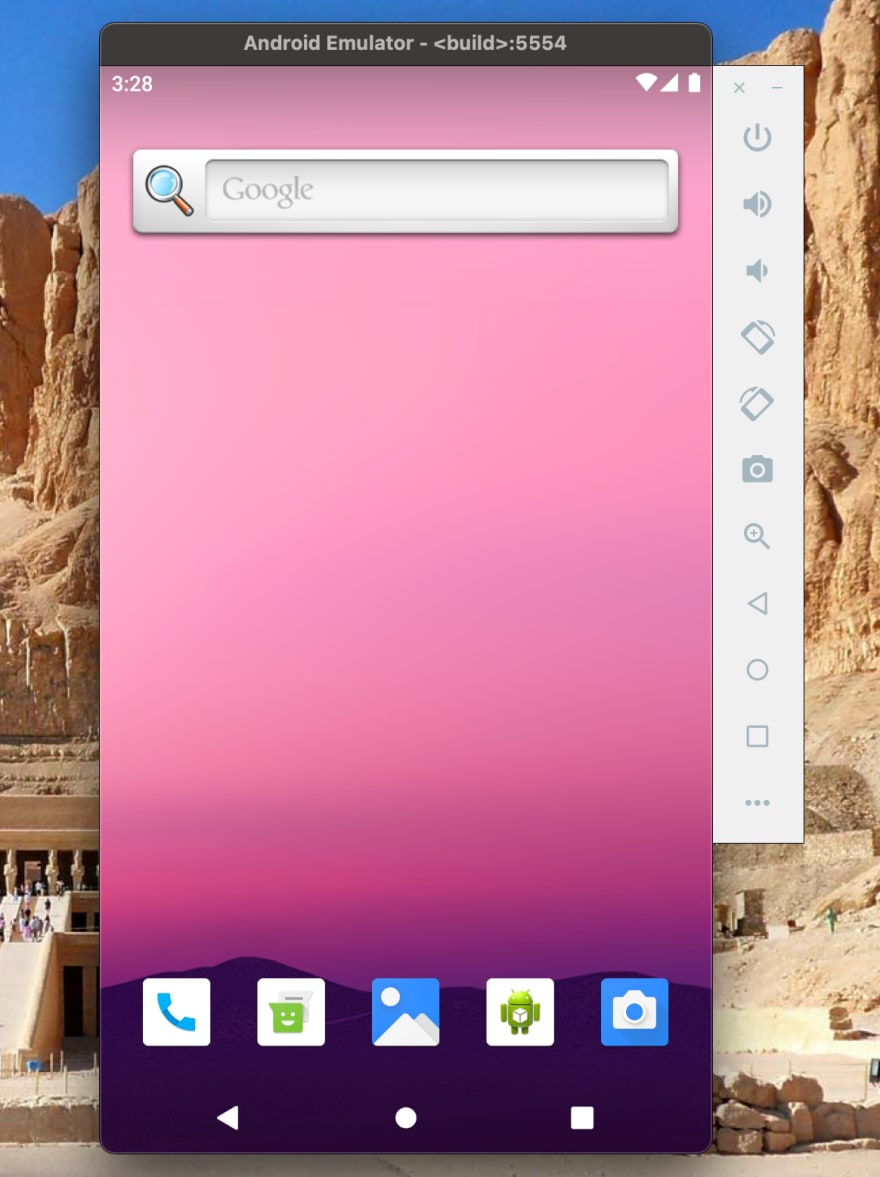- Visual Studio Mac M1 Android Emulator
- Android Emulator For M1
- Mac M1 Android Emulator
- Mac M1 Android Emulator Not Working
- Mac M1 Android Emulator Reddit
- Android Studio Apple Silicon
This guide explains how to prepare the Android Emulator for testing your app.
Overview
Mac OS, on the other hand, is a wonderful operating system used by Apple Inc. On it's Mac PC and MacBook. It has a marvelous user interface and great features. It will be fantastic if we were able to use Android apps on Mac PC. Luckily, it is possible by using an emulator. In this article, we will learn about the five best Android Emulators for. Step 1 → Download Android Studio and choose correct version for Mac M1 chip. Step 2 → Install Android Studio and create emulator (if it’s created by default don’t use that one. I created manually) Now run your emualtor from AVD Manager because in my case it was not showing emulator option. Your emulator started but It’s not showing. Android Emulator For Macbook Air M1 Back in 2012, When I started using Android Apps and playing Android games on my Windows PC there were not many Android emulators out there to choose from. But now in 2021, this situation is quite opposite to that.
The Android Emulator can be run in a variety of configurationsto simulate different devices. Each configuration is called a virtualdevice. When you deploy and test your app on the emulator, you selecta pre-configured or custom virtual device that simulates a physicalAndroid device such as a Nexus or Pixel phone.
The sections listed below describe how to accelerate the Androidemulator for maximum performance, how to use the Android Device Managerto create and customize virtual devices, and how to customize theprofile properties of a virtual device. In addition, a troubleshootingsection explains common emulator problems and workarounds.
Sections
I recently upgraded from Macbook Air 2017 to Macbook Pro with an M1 chip. My four-year-old Macbook Air was giving up. The performance to run heavy tasks like using the iOS simulator when developing and working on React Native apps was declining. I had long given up using the Android emulator and used an actual Android device for testing. So many people asking about running the android app on mac m1 system and about its performance on mac m1. So In this post I am sharing all steps to run the react-native android app on mac m1. Android Emulator for M1 is not available on stable releases yet and I am also waiting for Android Studio to fully support M1 macs so that I can use it for.
Hardware Acceleration for Emulator Performance
How to prepare your computer for maximum Android Emulator performanceby using either Hyper-V or HAXM virtualization technology. Because theAndroid Emulator can be prohibitively slow without hardwareacceleration, we recommend that you enable hardware acceleration onyour computer before you use the emulator.
Managing Virtual Devices with the Android Device Manager
How to use the Android Device Manager to create and customize virtualdevices.

Visual Studio Mac M1 Android Emulator
Editing Android Virtual Device Properties
How to use the Android Device Manager to edit the profile properties of avirtual device.
Android Emulator Troubleshooting
In this article, the most common warning messages and issues that occurwhile running the Android Emulator are described, along withworkarounds and tips.
Android Emulator For M1
Note
If you are using a Mac with an Apple chip, such as the M1, you will need to install the Android Emulator for M1 preview from GitHub.
Mac M1 Android Emulator

After you have configured the Android Emulator, seeDebugging on the Android Emulatorfor information about how to launch the emulator and use it for testingand debugging your app.
Mac M1 Android Emulator Not Working

Mac M1 Android Emulator Reddit
Note
Android Studio Apple Silicon
As of Android SDK Tools version 26.0.1 and later, Google has removed support for existing AVD/SDK managers in favor of their new CLI (Command Line Interface) tools. Because of this deprecation change, Xamarin SDK/Device Managers are now used instead of Google SDK/Device Managers for Android Tools 26.0.1 and later. For more information about the Xamarin SDK Manager, see Setting up the Android SDK for Xamarin.Android.